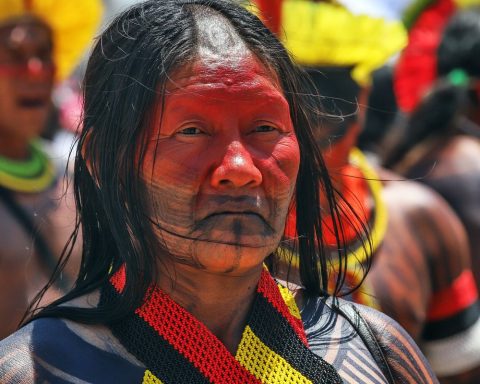This community -considered the princess of the desert- is made up of around a million people scattered in North Africa and in the semi-desert strip of the Sahel; that is to say, they are found in Algeria, Libya, Niger, Mali, Mauritania and Burkina Faso, where they show off their very old and colorful culture.
Part of their heritage is expressed in their own clothing to face the climatic rigors of the Sahara, in the life discipline imposed by nomadism and by the important role of women in the group, unlike other transhumant communities, in which they are limited rights.
Hence, in their cultural tradition the matrilineal has great weight and that they interpret the confession, Islam, from a different perspective than other regions of the world, where the female status is less outstanding.
Likewise, the Tuareg -identified as men in blue- pay tribute to that profile that their culture assumes in its founding myth, Tin Hinan, the mother of the nation, a tall, thin young woman of noble birth, knowledgeable in language and writing. of the original North African inhabitants, who lived around the 5th century.
According to legends collected by oral tradition, she may have fled a forced marriage or an attack on her Berber clan, which made her undertake a journey of 1,400 kilometers across the Sahara until she and her entourage reached a fertile area of small ranchers and farmers, near Tamanrasset, where they settled.
Tin Hinan -in the Amazigh language: She, the one from the shops- made the crossing on the back of a white camel, which is interpreted as a symbol of virtue, integrity, strength and purity, and in that line the nickname would be related to their nest and camp set up.
Tuareg women have domestic control, generally manage resources, are the ones who dominate reading and writing, and decide on the home area, in addition to keeping everything in case of divorce.
(Taken from Orb)
















